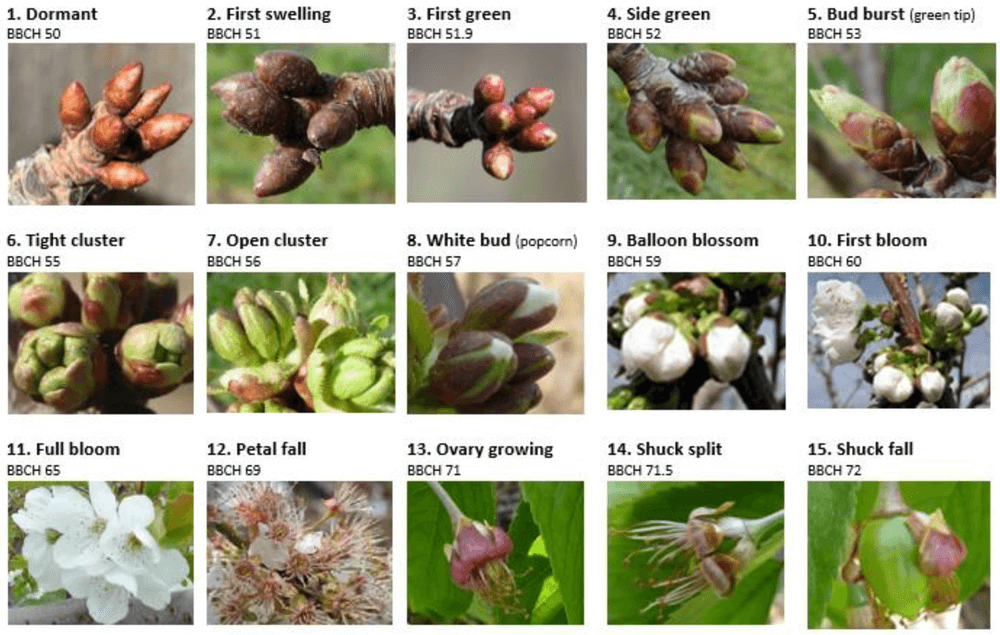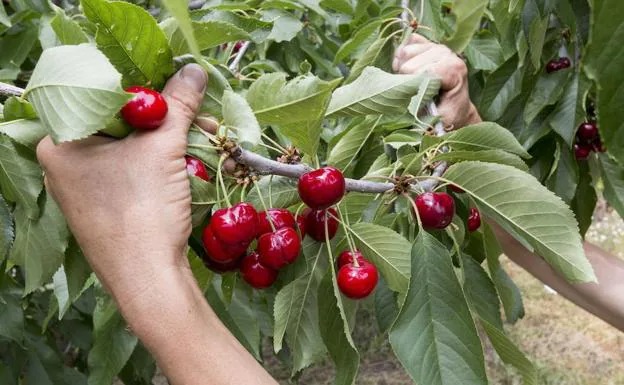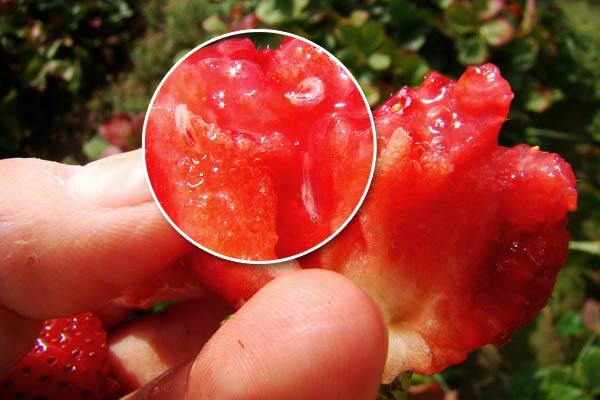The end of endo-dormancy and the beginning of ontogenetic development are events that are not easily observable during phenological phase monitoring. In fact, these activities often occur several weeks before obvious signs appear in the buds.
Therefore, knowledge of changes in the concentration of certain key molecules within the buds can lead to a better understanding of the phenological phase that precedes the onset of observable transformations. Indeed, the importance of abscisic acid (ABA) in plant responses to various forms of abiotic stress, as well as the correlation between sucrose accumulation and increased tolerance to low temperatures, have already been established in the scientific literature.
However, knowledge about the physiological significance of other secondary metabolites, particularly in the context of cherry plants, is limited. This study shows the results of nine years of measurements of compounds identified in the buds of plants cv. 'Summit'.
These metabolites have the potential to act as markers for the precise timing of the release of endo-dormancy, which occurs when the plant accumulates the necessary chilling hours, and the onset of ontogenetic bud development. The metabolites examined in this study include chrysin, arabonic acid, pentose acid, sucrose, and abscisic acid.
Researchers at the Humboldt-University in Berlin, Germany, discovered a strong correlation between chrysin levels and leaf water content, which showed a similar trend during both the autumn prior to bud break and during the ontogenetic development stage.
After the 'swollen bud' stage, the water content at the time of bud opening increased from 60% to around 80%. At the same time, a decrease in chrysin content occurred. Both measures have the potential to serve as appropriate indicators for ontogenetic development.
The levels of arabonic acid increased significantly after ontogenetic development but considering that its concentration remained almost unchanged in the earlier stages, it is not suitable as an indicator.
Instead, the use of pentose acid as a metabolite could serve as an appropriate means of identifying both pre-flowering stages. However, it would not be sufficient to characterise the eco-dormant stage due to its consistently low levels during this period.

Sucrose peaked in concentration during the eco-dormancy period and showed a remarkable association with air temperature, thus corroborating its cryo-protective function during this particular phase. The concentration of ABA reached the highest levels during the endo-dormancy phase and subsequently decreased during the eco-dormancy phase.
To facilitate the advancement of phenological models based on physiology, it is indispensable to have a complete record of metabolite production covering several years. This study allows the assessment of fluctuations during different years in metabolite content and, if necessary, to establish associations with environmental factors.
However, the presence of these metabolites does not provide sufficient information to accurately characterise the eco-dormant phase in phenological patterns. This is due to the consistently low levels of arabonic acid and pentose acid, as well as the consistently high levels of chrysin and sucrose observed during this period.
Consequently, these results only validate the modulation of biological activity in buds during the winter period. Although it is evident that ABA has a distinct temporal shift following the release of endo-dormancy, it emerges as the main metabolite responsible for the eco-dormancy phase.
Source: Götz, K.-P.; Chmielewski, F.-M. Metabolites That Confirm Induction and Release of Dormancy Phases in Sweet Cherry Buds. Metabolites 2023, 13, 231. https://doi.org/10.3390/metabo13020231.
Melissa Venturi
University of Bologna (IT)
Cherry Times - All rights reserved











